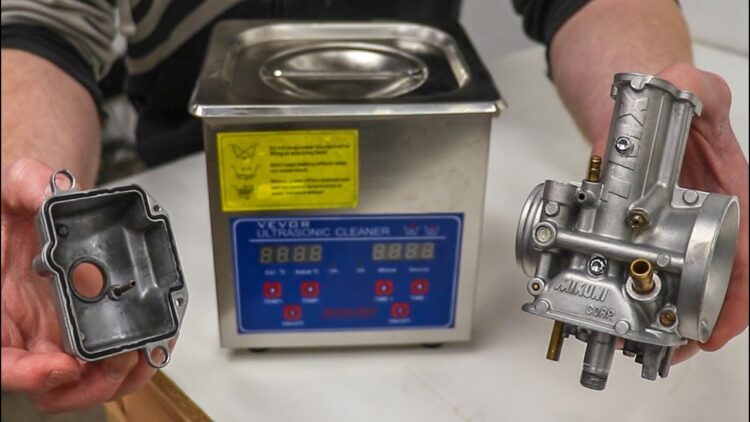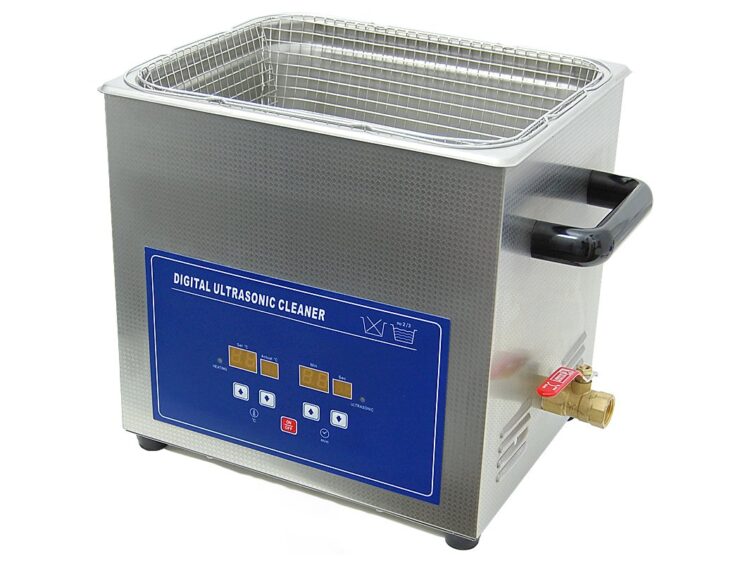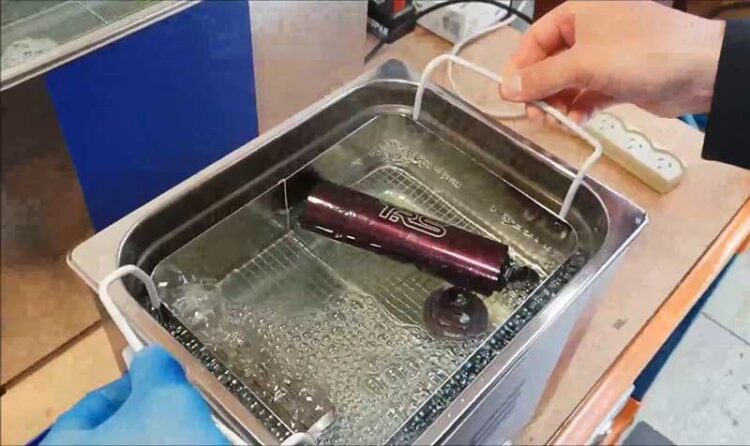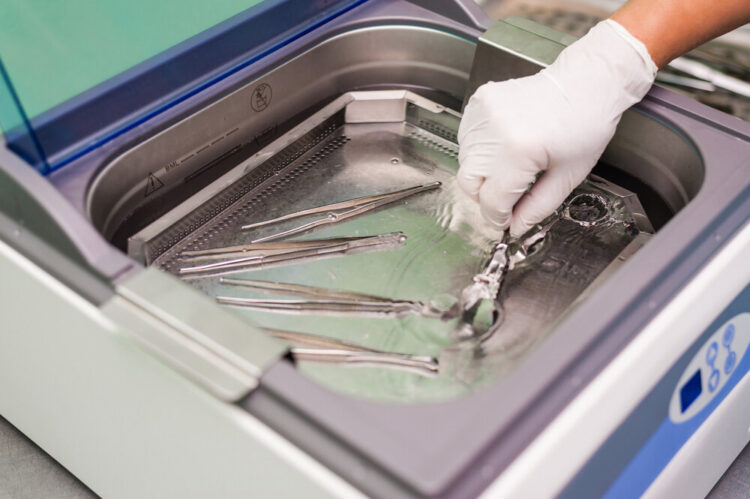Common wisdom dictates that before investing in any new equipment, technology, method, or process, we must first learn as much as possible about it. As a business, you always want to do your due diligence before splurging, to prevent losses and maximize profits.
With ultrasonic cleaning tools, there are very few points of failure. However, you could still encounter similar pitfalls if the system falls short of the size or specification requirements of your business.
This article is going to take you through the process of choosing the ultrasonic cleaning solution best suited for your business. First, we’ll tackle a few questions about your business that are crucial to the decision. Subsequently, we’ll go over a few mistakes to avoid while deciding on a model. Without further ado, let’s proceed.
How big is your business?

An assessment of any business’s size is crucial ahead of implementing any major changes – not just when investing in an ultrasonic cleaner. What is the scale of your requirements?
How intensely are you going to be using the system?
You see, ultrasonic cleaners come in a variety of sizes and rated capacities. From the generator to the transducer and tank, you can spec it out to suit your exact requirements.
For a larger business, for instance, there are industrial, fully automated models that allow you to wash, rinse, and dry out the parts in one go. Usually, these are more expensive and require minimal manual operation.
For smaller businesses, there’s a myriad of tabletop or benchtop configurations and form factors that allow you to work on smaller size objects or fewer parts at a time.
How large are the parts/materials?

Ultrasonic cleaning solutions work with materials like aluminum, rubber, ceramic, and glass. All of these are frequently used by industries; either as whole finished goods or as components in a yet-to-be-assembled product.
Therefore, it’s crucial to assess the scale of the parts being worked on – from a size perspective. If you work with parts that regularly exceed 30 cubic centimeters, for example, having a smaller tank than that – or even one of the same size – wouldn’t make any sense.
Ultrasonic cleaning tanks hold the material(s) while it’s being cleaned. They are designed in such a way that they conduct the ultrasonic soundwaves and contain the cavitation bubbles as they hit and dislodge contaminants from the work material’s surface.
The size of the parts being cleaned also impacts other ultrasonic cleaning components. Smaller parts often mean reduced power requirements, meaning you’ll likely need a less powerful transducer and generator.
What are your cleaning goals?

Granted, ultrasonic cleaning is the most effective parts cleaning system available today. But, you still need to figure out, based on what you do, if your business needs it.
Ultrasonic cleaning solutions created by companies like L&RUltrasonics.com fall to a myriad of industrial applications today: from automotive to aerospace, food processing, and medicine/pharmaceuticals. The main commonality across these examples is that businesses in those fields have stringent post-cleaning result requirements.
Take the microchip industry, for example. A microscopic speck of dust on a logic board could render it unusable. Thus, manufacturers clean parts thoroughly before they’re assembled into finished goods.
Alongside the thoroughness of ultrasonic cleaning, other advantages include speed and productivity. If your requirements include cleaning many parts at a rapid pace, then ultrasonic is your best bet.
Things to look out for
If you’ve answered the questions listed above and are ready to proceed with the purchase, the following paragraphs will show you a few things to check before you make the final purchase.
Tank Size

It should go without saying, but the tank size directly impacts the number of objects you can clean – as well as the frequency. The parts being cleaned have to be immersed in the solution contained in the tank.
If your business involves cleaning objects of the same dimensions, you can go for customized tanks sized for the particular object. If you’ll be cleaning different objects, it’s best to have the tank fit the longest dimension of the largest part.
Importantly, you should get a basket if you’re going to be cleaning different objects at the same time.
Ultrasonic Frequency
As I mentioned earlier, ultrasonic solutions use high-frequency soundwaves of between 20 and 40 kHz to dislodge and remove contaminants from a material’s surface. The frequency of these soundwaves directly impacts the strength of the cavitation bubbles in the cleaning solution.
Low frequencies often produce larger bubbles, ideal for more powerful cleaning. These are ideal for cleaning materials with hard surfaces. However, pitting could occur if certain parts of the object are soft.
Cleaning Power

Ultrasonic cleaning equipment is made up primarily of three parts: the generator (or power supply), transducer, and tank. It’s the generator that modulates and supplies the AC power required for the cleaning to happen.
Generators are rated at different capacities depending on the power they can offer. Usually, the rating determines the size of the tank to which they can be fitted, as well as the overall cost. The transducer has to receive enough power to generate the ultrasonic waves evenly throughout the tank.
If the power is too low, parts are cleaned unevenly. Therefore, you have to make sure that the power supply is capable of cavitation the entire tank – especially when both components are going to be bought separately.
Heat Usage
With hard contaminants like carbon deposits and some kinds of grease, the heating solution will have to be heated up to speed up the entire cleaning process.
If you’ll have this requirement, both the tank and transducer have to be purpose-built to handle temperatures of up to 100 degrees. In addition, the tank will have to be fitted with a heater that’ll perform the aforementioned function.
In Conclusion
Ahead of any major business decision, proper research has to be done to inform the utility of that purchase to the business. In this article, we’ve discussed the things to look out for ahead of purchasing any ultrasonic cleaning system.
From the tank size to power supply ratings, ensure to look through the product specs relating to each before making the purchase. General-use tanks are great if you’re going to be working on different size materials. Otherwise, you’re best going with custom tanks.
The post How To Choose the Best Ultrasonic Cleaning Solution appeared first on FotoLog.
from FotoLog https://ift.tt/3f3zV0u
via IFTTT


0 Comments